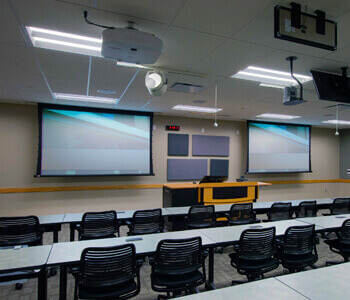The initial step in successful surveillance camera installation is to identify vulnerable zones within the store. These locations often consist of entry points and exit points, cash registers, and sections where expensive products are displayed. By installing cameras in these areas, store owners can observe shopper actions and detect questionable conduct. Additionally, cameras at entrances can record images of people coming into and exiting the store, which is essential for recognizing possible thieves. This proactive strategy aids in reducing theft and ensuring a safe atmosphere.
A further important factor is the kind of camera used in the store space. Various cameras serve different functions. For example, dome-shaped surveillance cameras are commonly used for internal surveillance because they are less obtrusive and can monitor a broad area. Conversely, bullet cameras are ideal for external use, as they are more visible and can discourage illegal behavior. Retailers should assess their particular needs and select the suitable surveillance device types to ensure complete monitoring of the retail space.

In addition to camera types, the position and elevation at which surveillance devices are mounted play a significant role in their effectiveness. Surveillance devices should be set at click over here a level that allows for unobstructed viewing of individuals and actions without being readily manipulated with. A common recommendation is to install cameras at least 8 to 10 feet off the ground. Furthermore, surveillance devices should be tilted to cover as much area as feasible while preventing areas without coverage. This strategic placement guarantees that all zones of the retail space are monitored, providing a full perspective of shopper interactions and potential security threats.
Finally, it is essential for store owners to regularly review and service their monitoring systems. This includes inspecting surveillance device performance, ensuring that recordings are high-quality, and refreshing software as needed. Routine maintenance helps to avoid mechanical issues that could compromise safety. Additionally, store owners should analyze footage regularly to spot patterns in customer actions and possible security risks. By staying vigilant and attentive to their monitoring equipment, store owners can create a safer shopping atmosphere and safeguard their assets effectively.